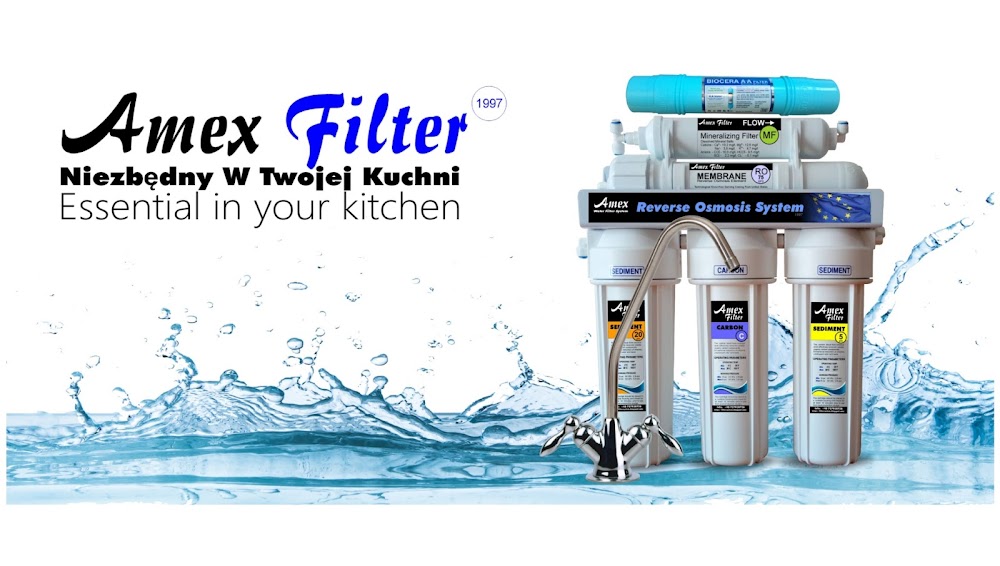Reverse osmosis (RO) is actually a drinking water purification method the fact that uses a partially permeable membrane to eliminate ions, undesirable molecules and larger particles coming from drinking water. In reverse osmosis
In the standard osmosis process, finally, the solvent
the natural way moves coming from an area in low solute concentration (high
water potential), through a membrane, for an area of large solute concentration
(low water potential). The driving force intended for finally, the movement of
the solvent may be the reduction in the free energy from the system if the
difference on solvent concentration on possibly side of a membrane is usually
reduced, producing osmotic
is usually
reduced, producing osmotic pressure due to the solvent getting into the more
concentrated solution. Applying an external pressure to reverse the all-natural
flow from pure solvent, thus, is definitely reverse osmosis. The process is
similar to additional membrane technological know-how
applications.
pressure due to the solvent getting into the more
concentrated solution. Applying an external pressure to reverse the all-natural
flow from pure solvent, thus, is definitely reverse osmosis. The process is
similar to additional membrane technological know-how
applications.
Reverse osmosis differs coming from filtration in that the
system of fluid flow is by osmosis throughout a good membrane. The predominant
removal mechanism on membrane filtration is usually straining, or perhaps size
exclusion, where the pores will be 0.01 micrometers or bigger, so the procedure
can theoretically accomplish ideal efficiency regardless of parameters such as
the solution's pressure and then concentration. Reverse osmosis instead involves
solvent diffusion across a membrane that may be possibly non-porous or uses
nanofiltration by way of pores 0.001 micrometers in size. Finally, the
predominant removal mechanism is by differences in solubility as well as
diffusivity, plus the process is dependent about pressure, solute concentration,
and various conditions. Reverse osmosis
instead involves
solvent diffusion across a membrane that may be possibly non-porous or uses
nanofiltration by way of pores 0.001 micrometers in size. Finally, the
predominant removal mechanism is by differences in solubility as well as
diffusivity, plus the process is dependent about pressure, solute concentration,
and various conditions. Reverse osmosis is most generally known for their use
in drinking water purification via seawater, eliminating the salt and also other
effluent materials through the water molecules.
is most generally known for their use
in drinking water purification via seawater, eliminating the salt and also other
effluent materials through the water molecules.





No comments:
Post a Comment